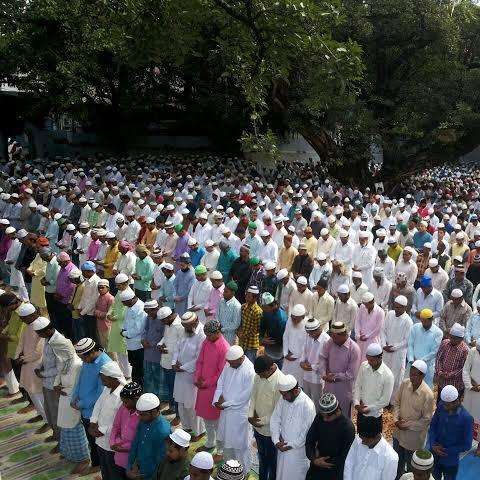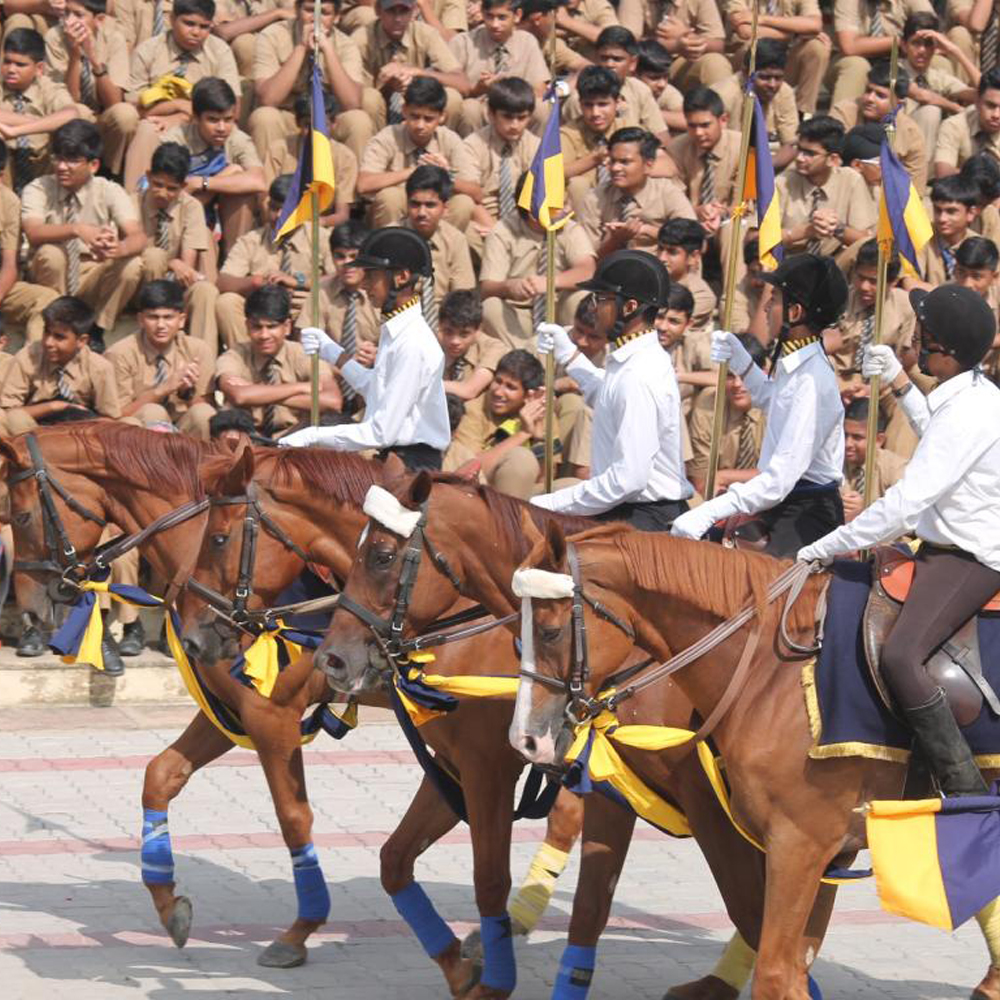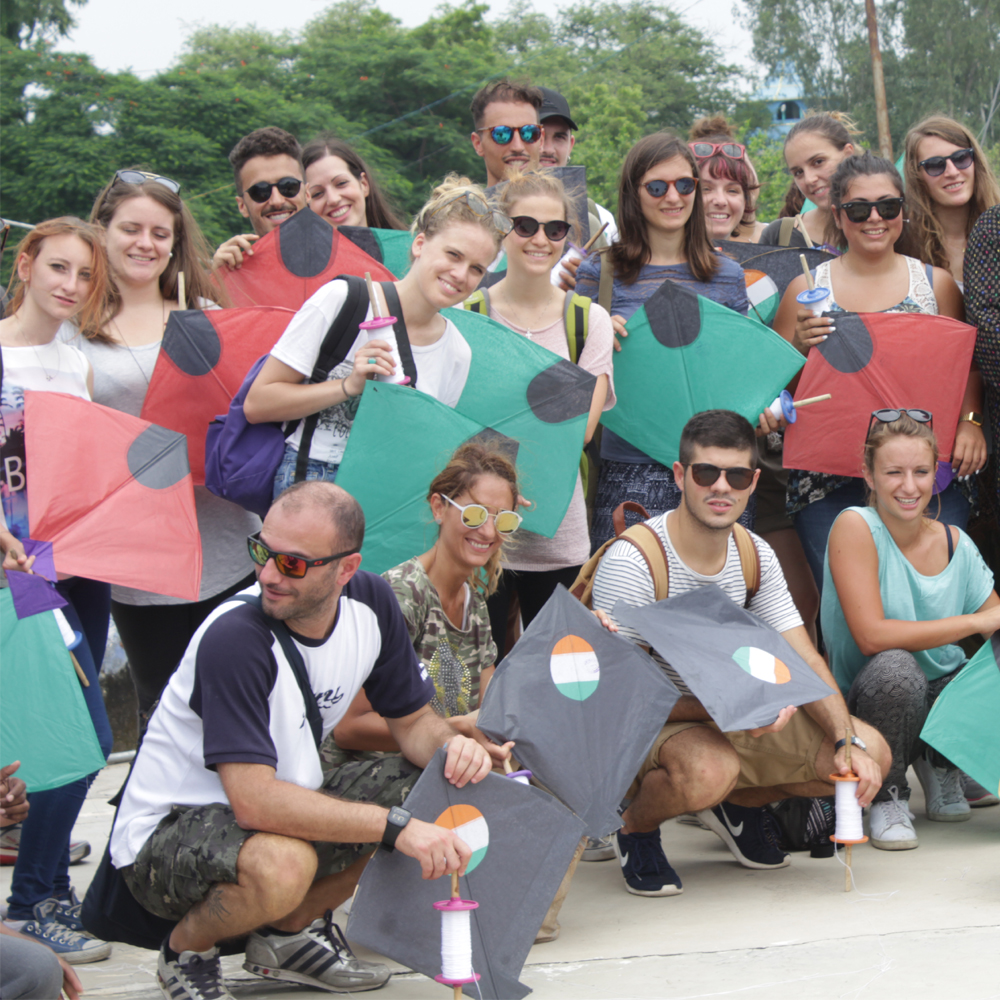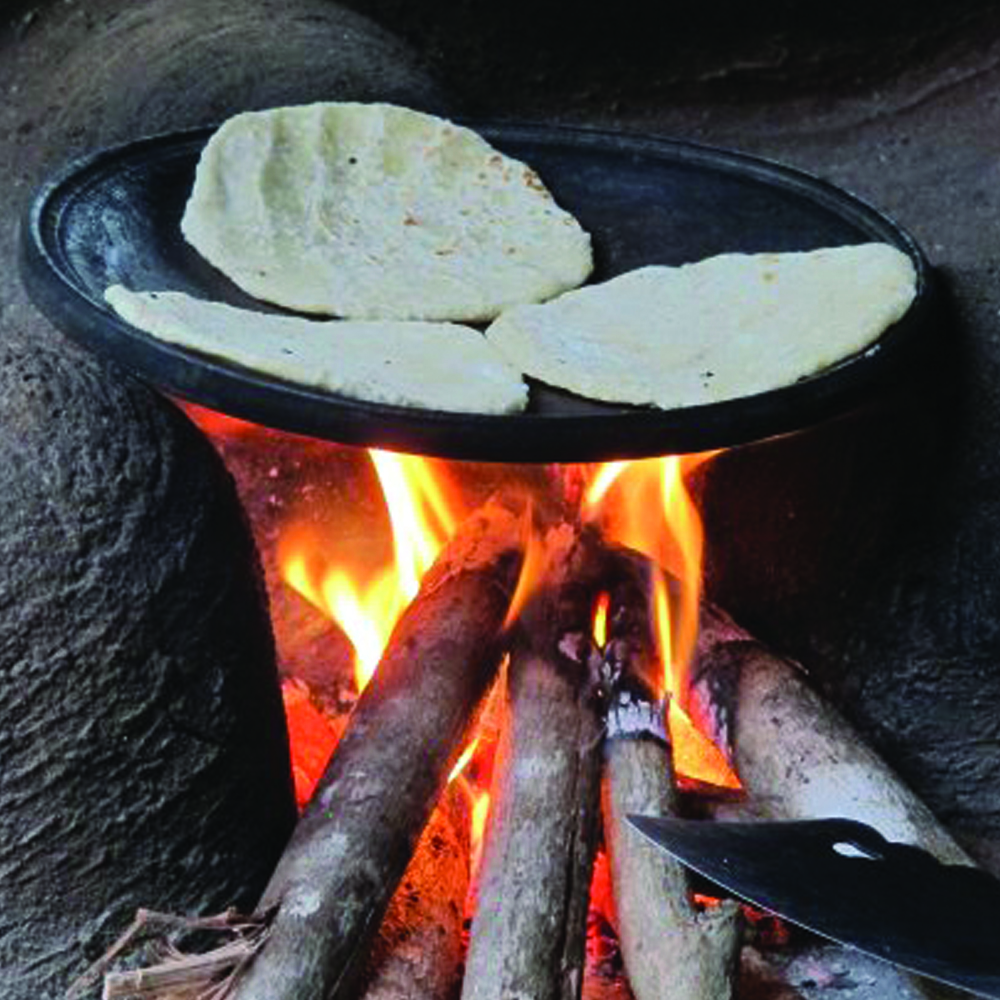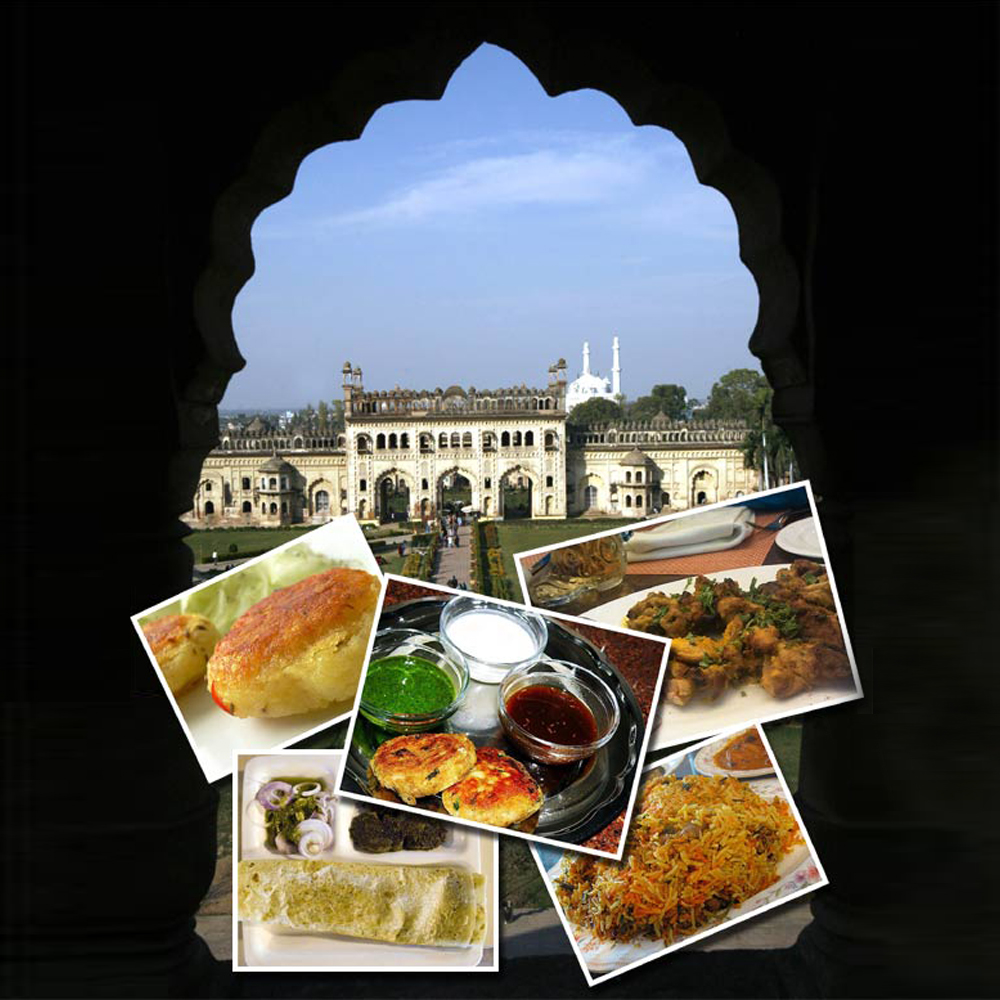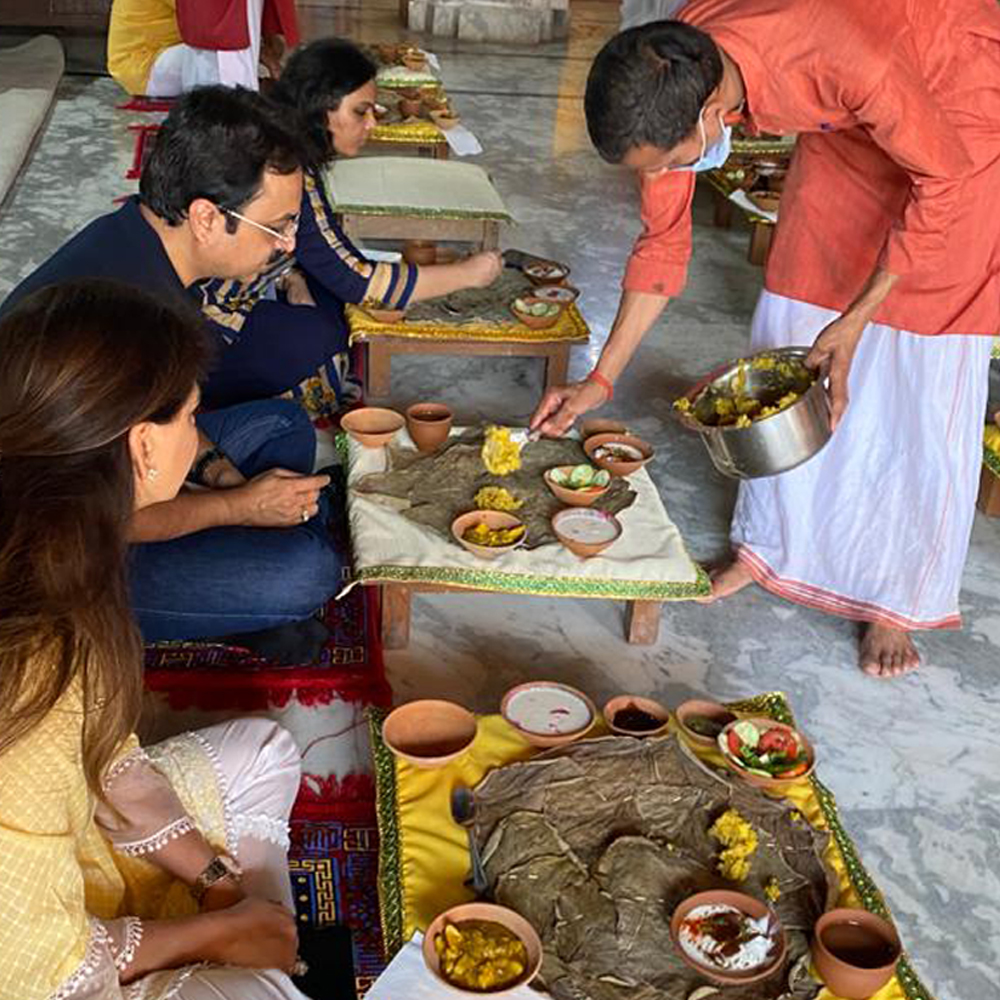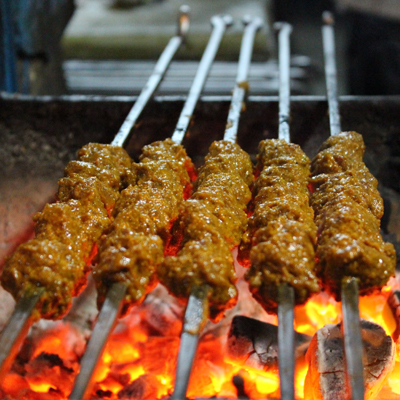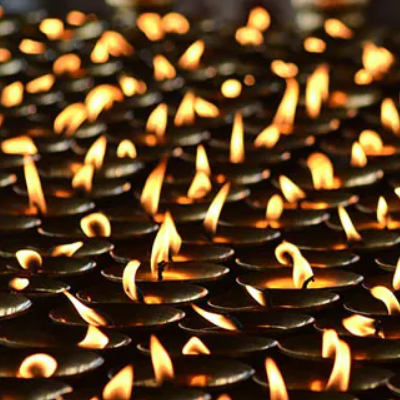Volume: 15, No: 01 ; January-2021
All important cities and towns in India have a ‘Chowk’ since the Mughal days. Chowk used to be the main central area for shopping and culture hubs, even entertainment studios and places existed here. Bigger cities had more than one too, while smaller ones had at least one. Many a times, ‘Chowk’ was also a term used for the crossing. Some of the prominent ones being, ’Chandni Chowk’ of Calcutta and that of Delhi, Moti Chowk of Jaipur and Manik Chowk of Jhansi. Similarly Lucknow too has its own ‘Chowk’, an epicenter of all the activities. If one wants to know Lucknow from the closest proximity, Chowk is the place to be.

Gol Darwaza, Chowk-Lucknow
It is an area where still one feels as if the clock has stopped moving or that it moved really slow, as till date, it preserves a lot of old world charm and people here have a Lucknow’s signature laid-back attitude. Lucknow’s Chowk is a vast area and in its periphery, are all the markets catering to all and with everything, at least so it was in olden days. With the expansion of the city in all directions, many new markets came up in Lucknow and each had its own distinct character.

Many believe that when Nawab Asaf-ud-Daula shifted the capital of Awadh in 1775 from Faizabad to Lucknow, ‘Chowk’ was established here. Probably this is a wrong notion as many parts of it existed much before that. Akbari Darwaza which is a part of Chowk and a famous south gate existed since the days of Emperor Akbar (Reign: 1556 to 1605) and then there is also Firangi Mahal, which too existed then. Of course Gol Darwaza on the north was erected during Nawab Asaf-ud-Daula and was an entrance from the side of Macchi Bhawan, the fort of Asaf-ud-Daula.

After Asaf-ud-Daula came to power in Lucknow the focus shifted from Akbari Darwaza to Gol Darwaza and Gol Darwaza became the most popular address for shopping and cultural activities. It became one area that was ‘go to’ for most needs, ‘Chikan’, ‘Zari’, ‘Itar’, ‘Huqqa’, ‘Topi’, kites, tobacco, flowers, silver et al. Asaf-ud-Daula too himself often frequented it for his love of kite-flying from the rooftop of this gate.

Nawab Asaf-ud-Daula was a benevolent Nawab and on his stroll he would also dole out large sums to the poor shoppers who weren’t able to buy many things available here. A story goes that once Nawab was passing by a shop selling lakh bangles. Lakh a word for cheap resign beads but it also is an Indian denomination of 100,000. Nawab asked the lady the cost of a bangle which was for less than half an anna, but the lady thought he wants to know the material it is made from, so she told, ‘lakh’ and Nawab immediately paid her a lakh of rupees making her the richest shop keeper in the area.
Wazir Begum from a royal family of Awadh was the architect of this Gol Darwaza in its original form, though in later years the design of this gate was changed a bit by British and the concrete elephants were replaced by a dome on the two sides, quite similar to Italian architectural style.
One royal scion Miyan Ali Qadar inherited a huge property from his grandmother and he was famous for his luxurious lifestyle. Ali Qadar’s stylish palace was located just by the side of Gol Darwaza and then, there used to be a very famous ‘Machhli Wali Baradari’, which now is Bhola Nath Dharmshala. Ali Qadar was short and fat with a dark complexion, quite unlikely of a royal blood of Persian lineage. He had a psychological disorder in which he believed that if someone touched him, he would melt or at least will hurt himself, so he walked very slow and very carefully, to avoid brushing against anyone or anything en route while walking. For this trait, he was often referred by a name, ‘Phulki Qadar’, where ‘Phulki’ means very delicate.
During the Mutiny of 1857 the ancestral house of Ali Qadar was razed to ground. After the annexation of Awadh, British destroyed many temples, mosques and residences of wealthy and the royals. Many new buildings and memorial came up then and in Chowk, Company Bagh (garden) was established with a statue of Her Majesty Queen Victoria. Macchi Bhawan was replaced with present day, King George’s Medical University (then college). Many residents of Chowk were ousted to make way for public utility projects which altered the essence of Chowk.

Chowk Police Station (formerly this was the house of Phulki Qadar)
Ali Qadar’s palatial Chowk residence was take over and made into a police station, which in itself is quite a nice piece of architecture and the only police station with an old world charm in Lucknow. Ali Qadar lost most of his property and expressed his anguish in an Urdu couplet:
“Chal diya Phulki Qadar, unka zamaana ho gaya;
Khud gai baradari, dyodhi pe thana ho gaya.”
(Now leaves Phulki Qadar, his time is over; His Baradari is razed to the ground and his residence is now a police station)
Phulki Qadar thereafter spent rest of his life as a very ordinary man and without any riches. Dejected, he died and was buried along with his parents in ‘Nani ka Imambara’ across the river Gomti.
As if destruction by the British wasn’t enough, after independence the government went in for another round of mindless destruction in the grab of civic improvements and developments, further destroying the heritage of Chowk.
This lane of Gol Darwaza in Chowk is a plethora of stories, each by-lane within it and each structure, brings out stories from the past that reaffirm the true composite culture of Lucknow. On Tornos’ Heritage Walk this Chowk lane which is no less than a living museum is brought out to the fore and is a way to understand local lifestyle, crafts, people and the intangible cultural heritage of Lucknow, all this in just one and half hour walking tour.
LUCKNOWLEDGE is an initiative by Tornos. We do not intend to intrude your privacy and thus have an automated UNSUBSCRIBE system. At any point you may unsubscribe to our e-column or subscribe to it again through a link on our website. The above article is shared and in no way intends to violate any copy right or intellectual rights that always remains with the writer/publisher. This e-column is a platform to share an article/event/update with the netizens and educate them about Destination Lucknow.











